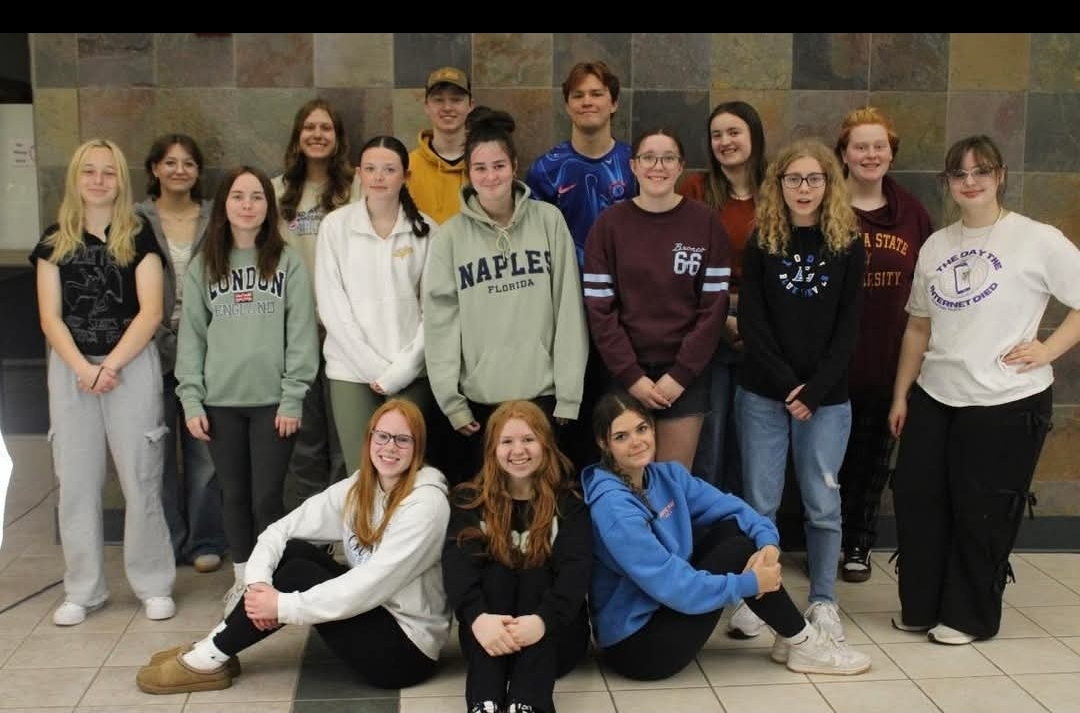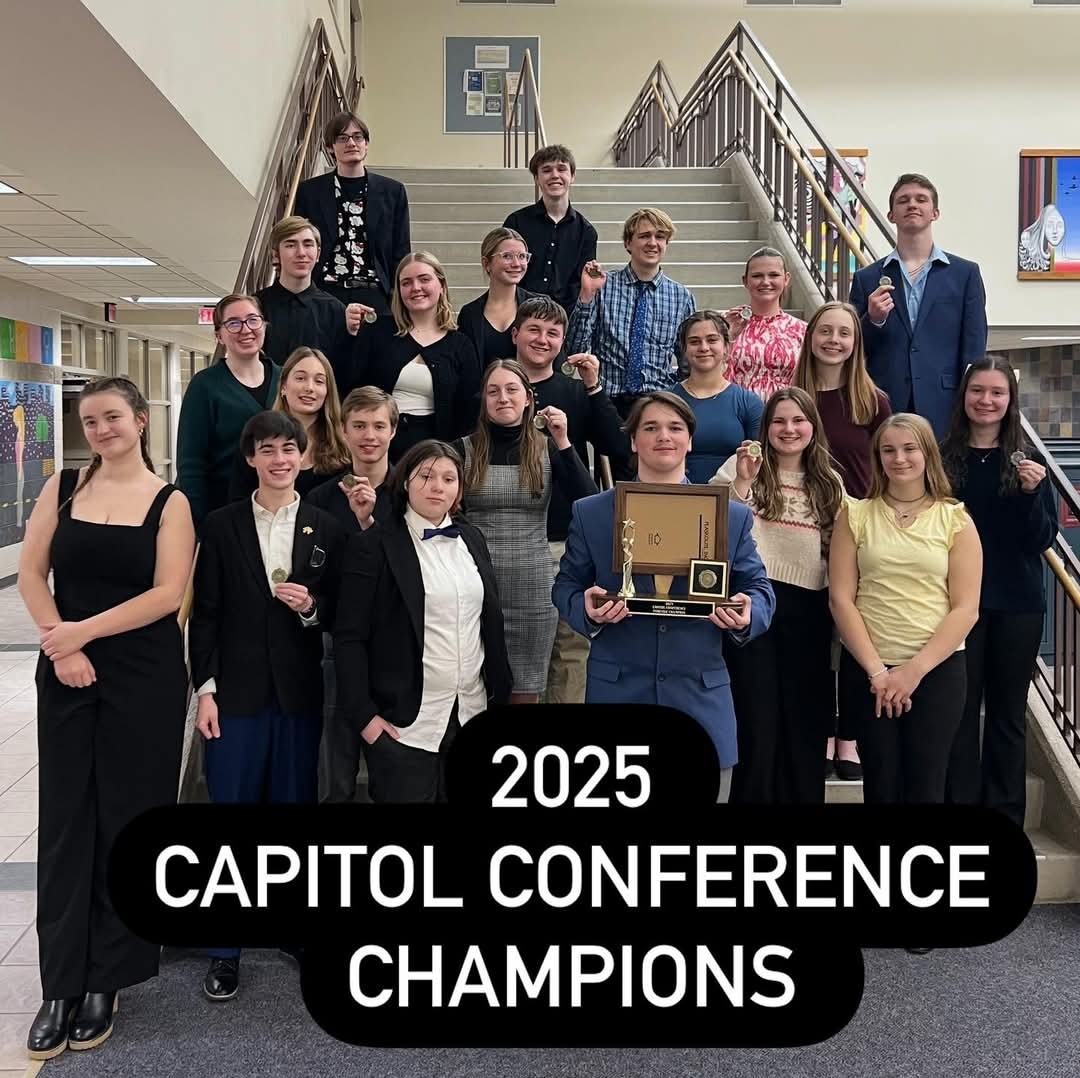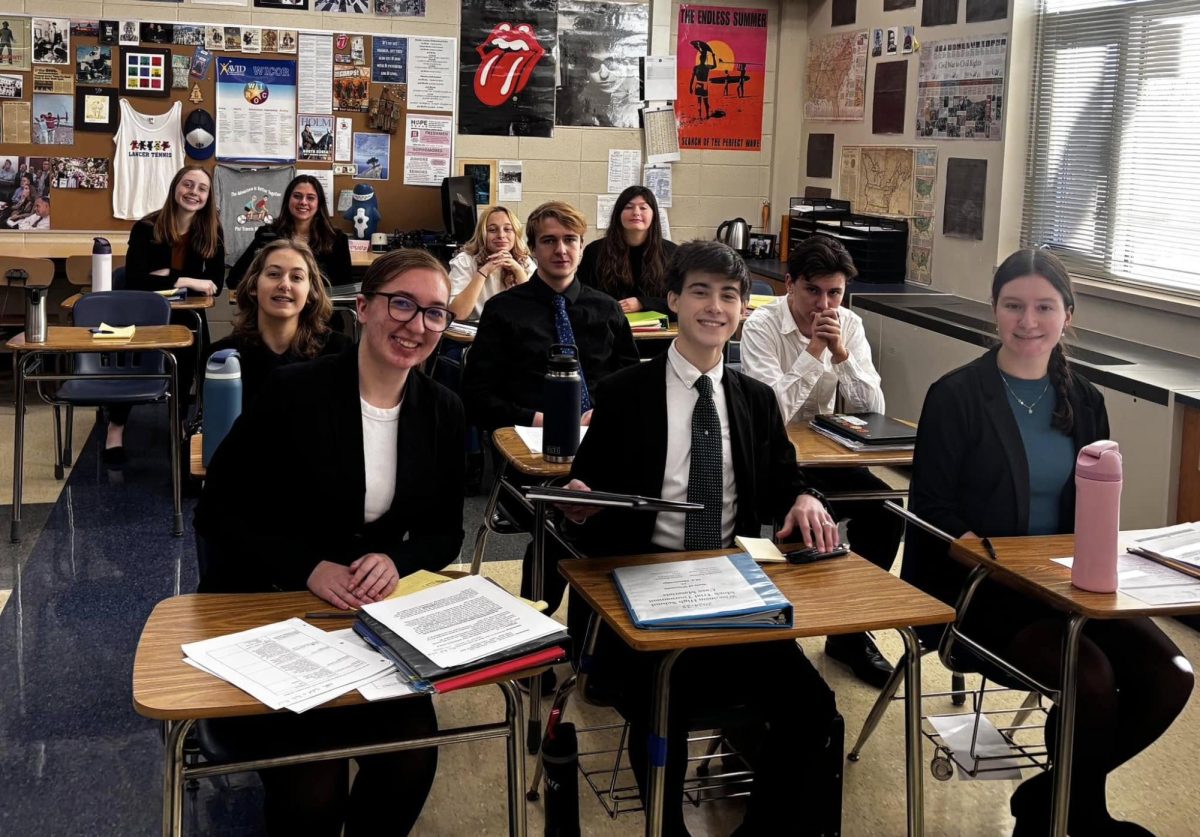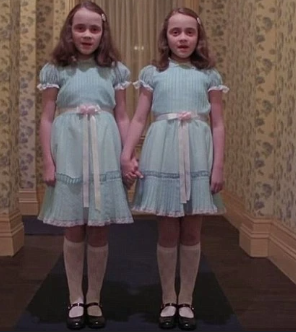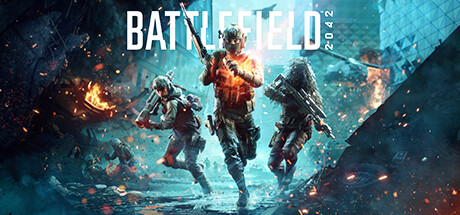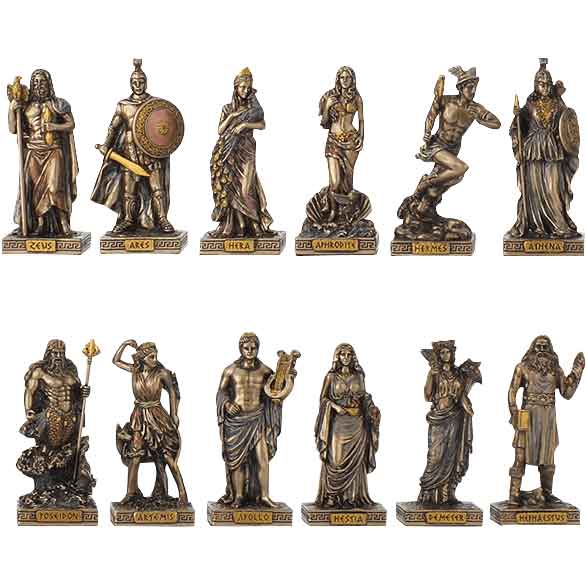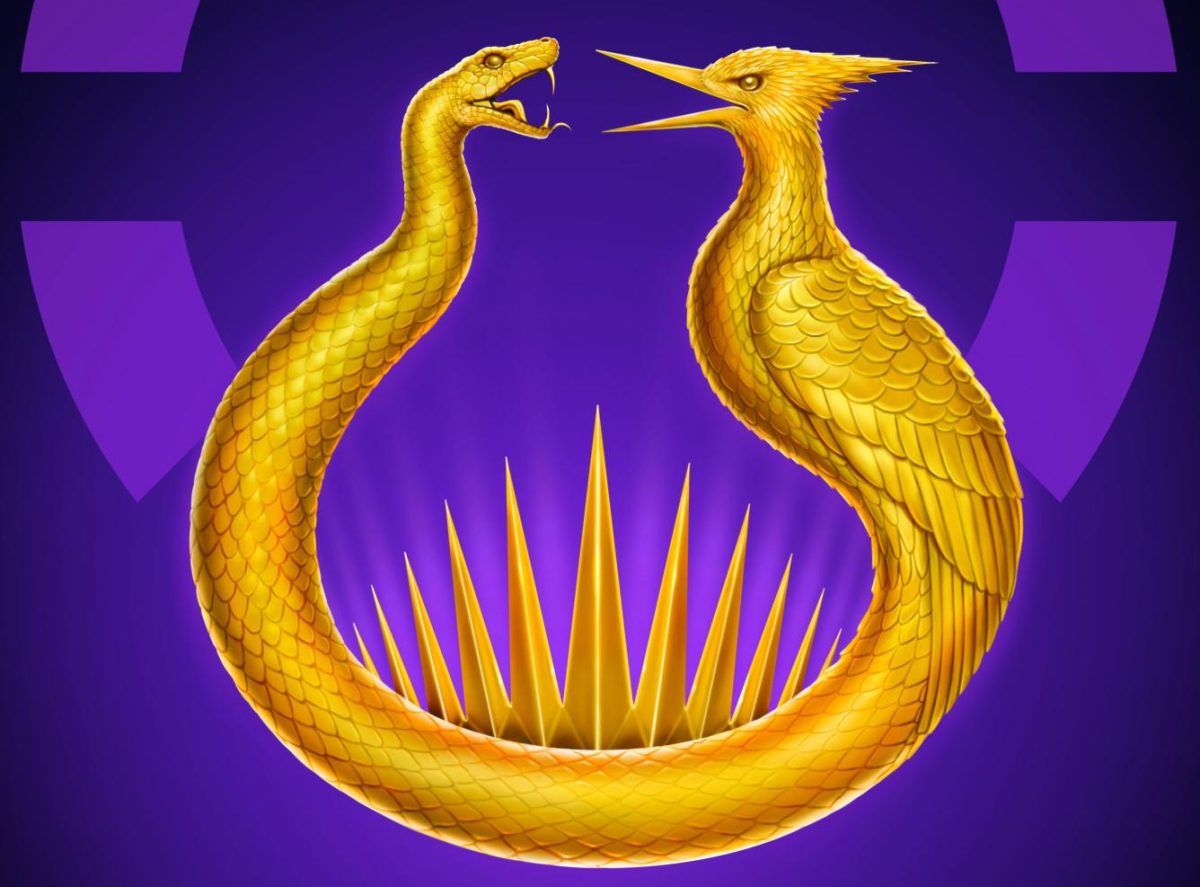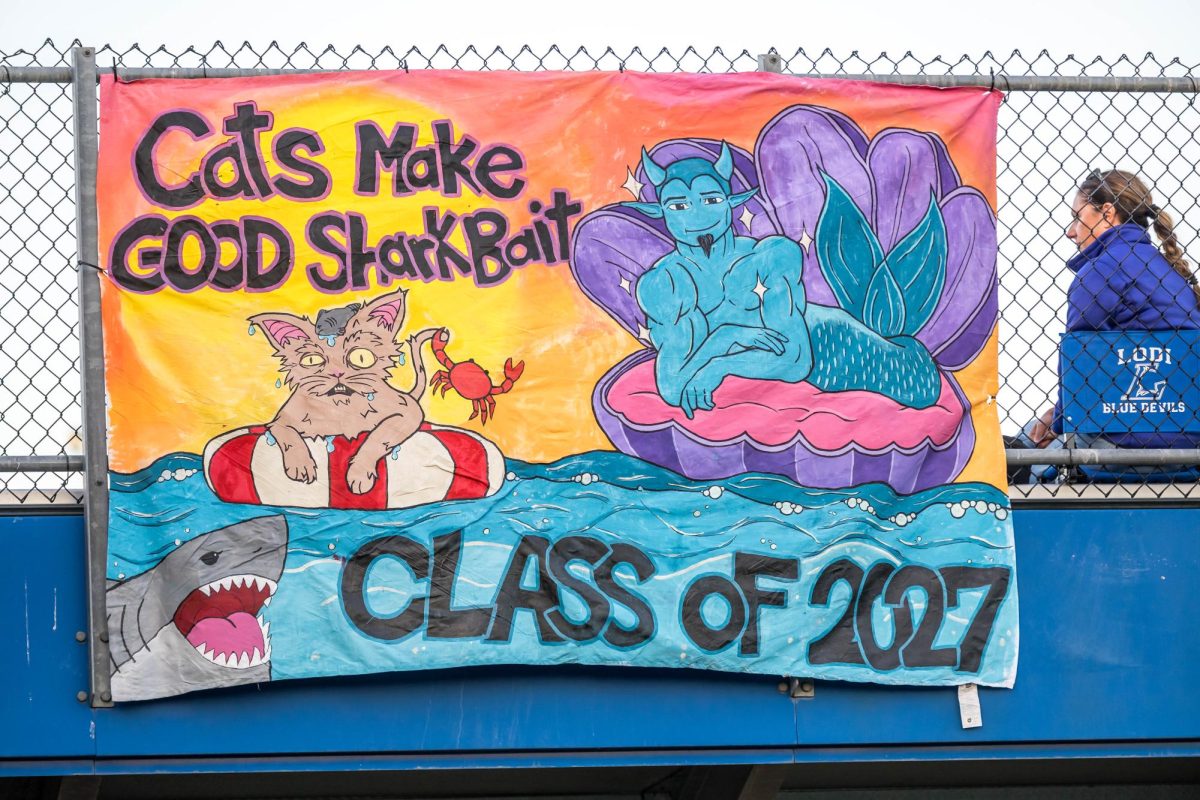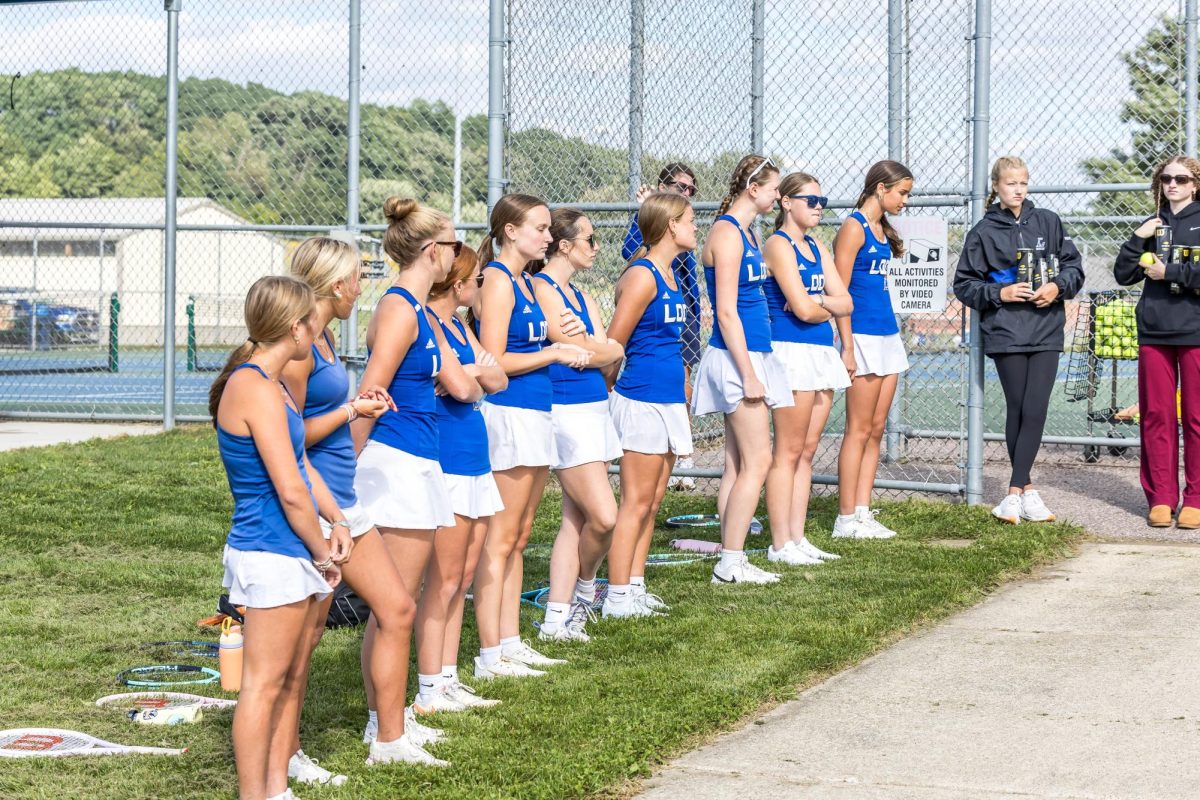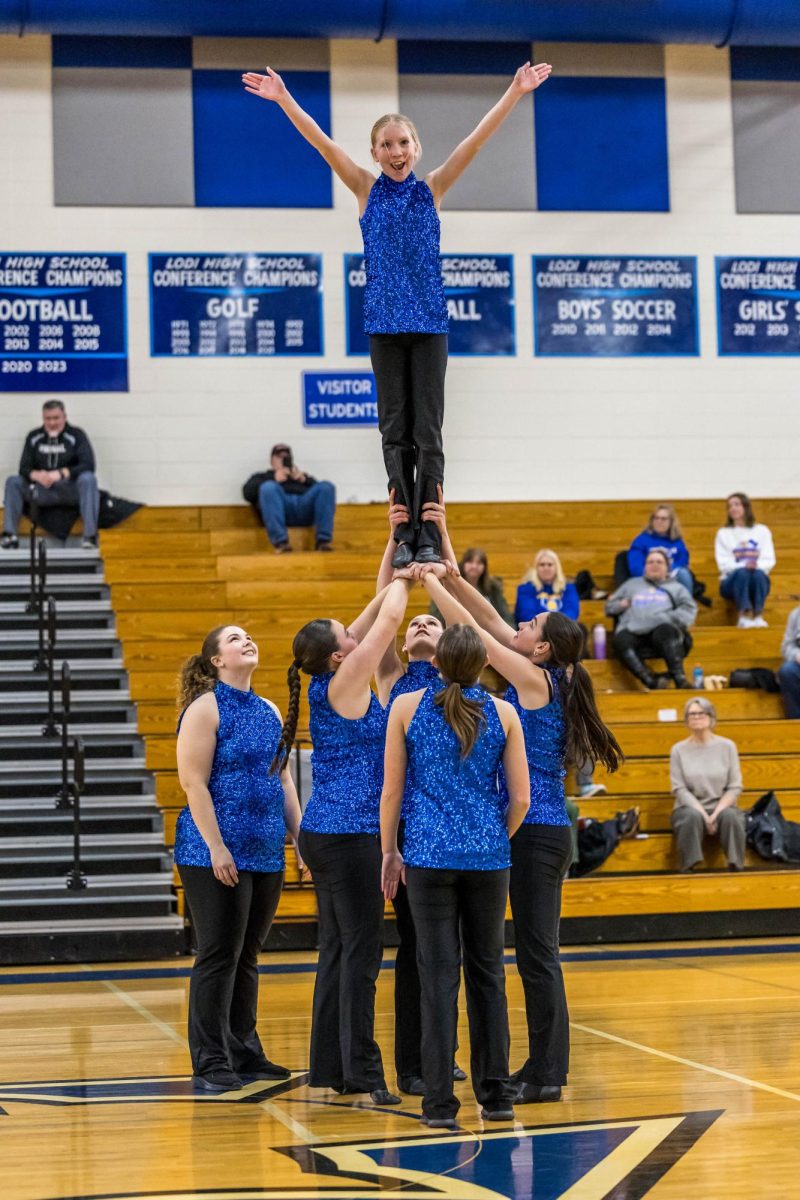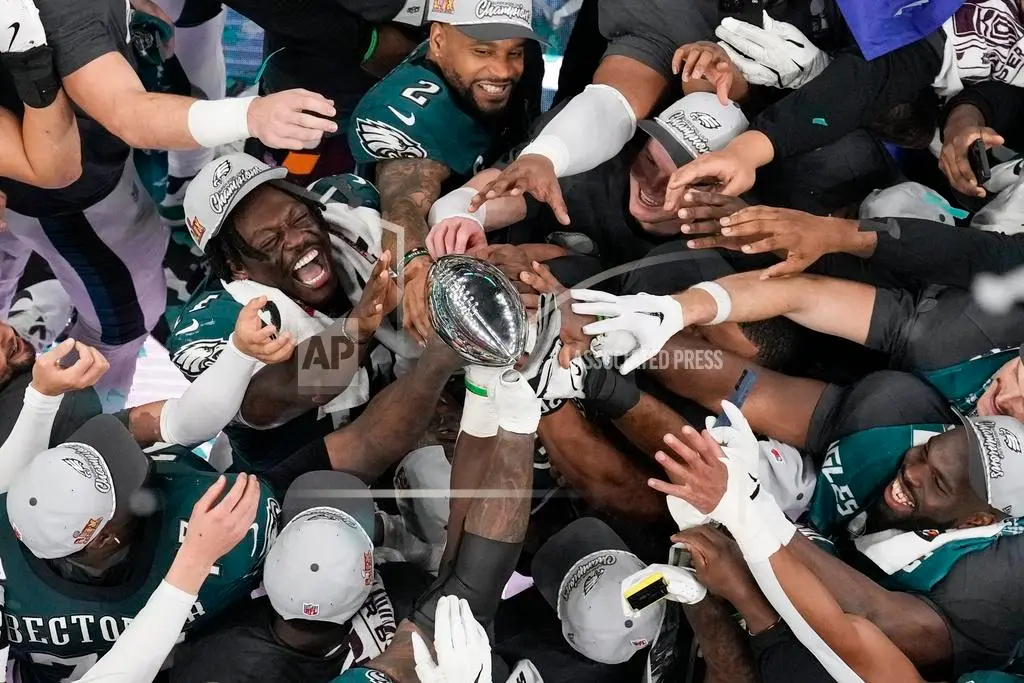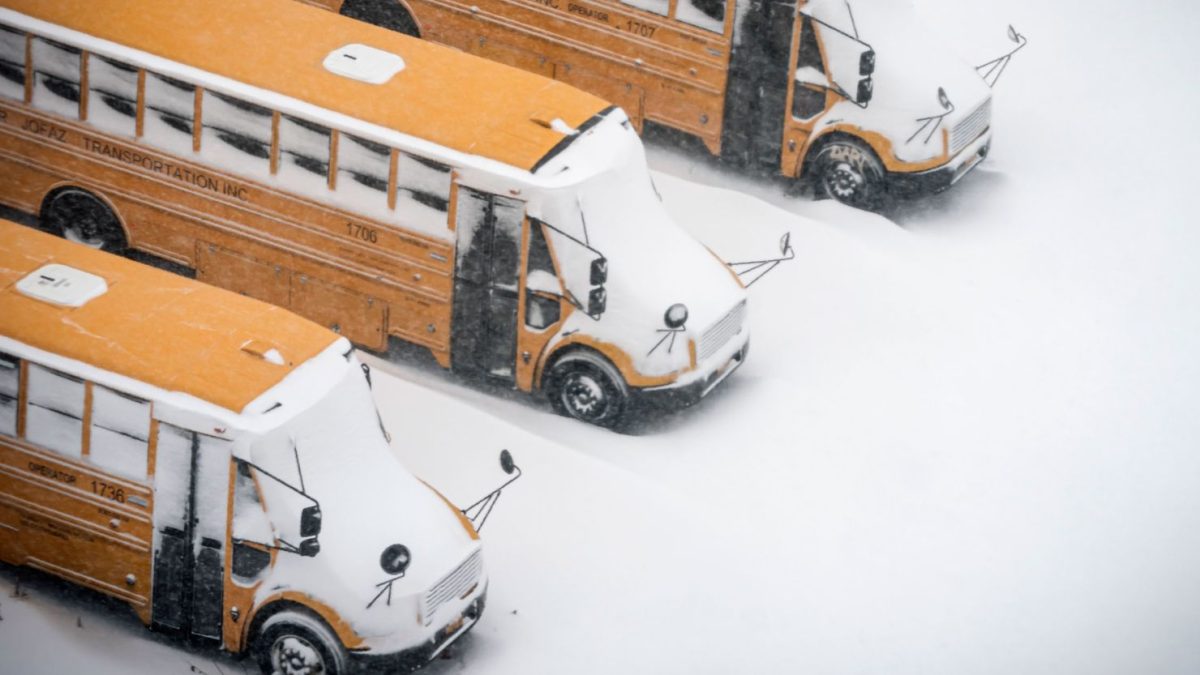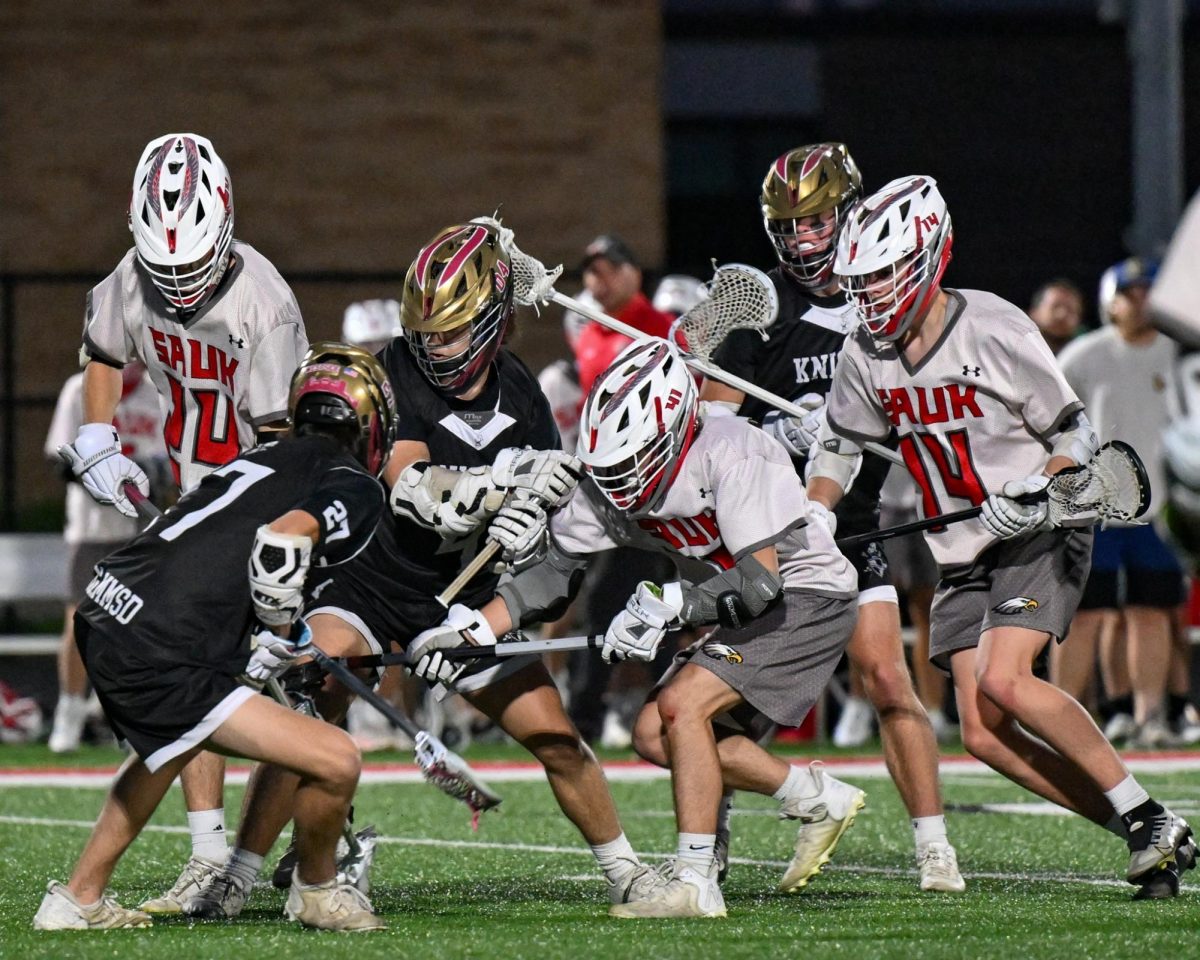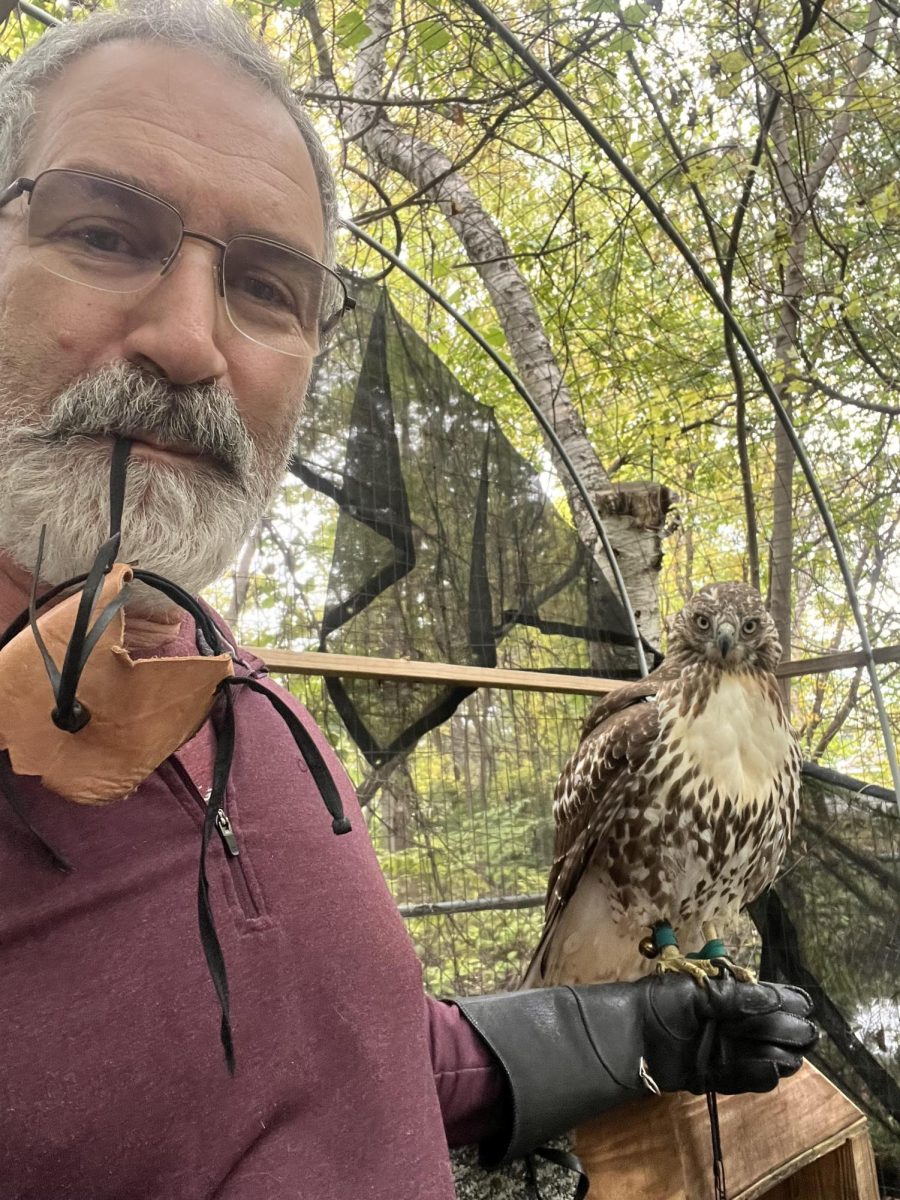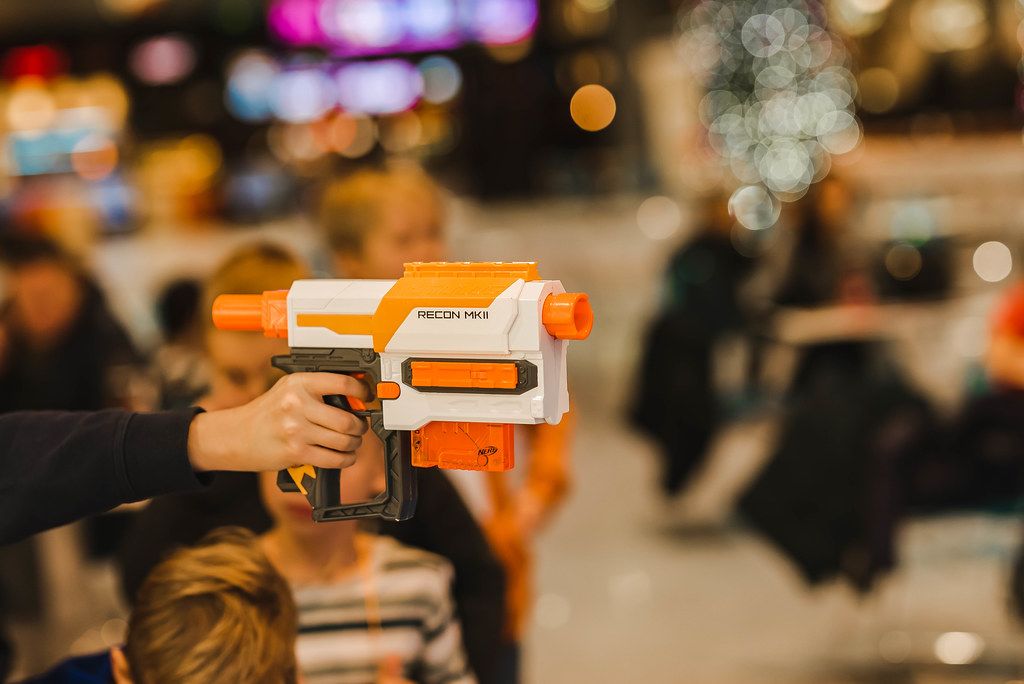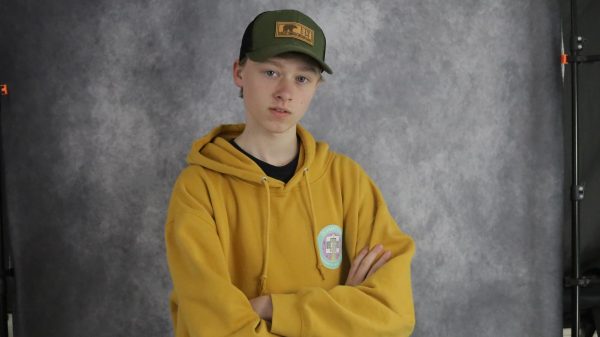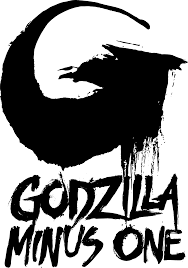
“Godzilla Minus One” is a movie that will stick with you after you watch it. It’s a movie that follows you to the grocery store and trails behind you on your drive to work. It lingers in your mind and really makes you think. Like the hulking figure of Godzilla himself, it imprints a shadow on your brain after leaving the theater.
On December 1st, TOHO released their newest movie, “Godzilla Minus One.” It’s a movie that takes place during and after World War II. The main character, Kōichi Shikishima, starts off the movie as a kamikaze pilot who abandons his duty to land on Odo Island to get his functioning plane “repaired.” While there, the island is attacked by a dinosaur-like creature known by the locals as Gojira. Shikishima freezes up when trying to shoot the monster with his plane’s gun, and the only other survivor, Tachibana, blames Shikishima for the deaths.
When Shikishima returns home after the war, he’s told by his neighbor that his parents died in the bombing of Tokyo, and his home is now a pile of rubble. Shikishima gets work as a minesweeper to support a woman named Noriko Ōishi and an orphaned baby named Akiko.
Over at Bikini Atoll, the U.S. is testing nuclear bombs, and a now-irradiated Godzilla destroys multiple U.S. warships before heading towards Japan. The Japanese government decided not to notify the public so as not to cause mass panic. Instead, they task Shikishima and his crew with the goal of stalling Godzilla with their minesweeping boat. After Godzilla appears, the crew detonates a mine directly into its mouth, momentarily killing the creature until it regenerates and continues chasing them. The crew stalled Godzilla long enough for the giant warship, the Takao, to start battling it. Godzilla ends up destroying the warship with its heat ray. Later, Godzilla makes landfall in the city of Ginza, where Noriko works. After barely escaping her first encounter with Godzilla, she is sent flying and presumed dead after Godzilla releases another devastating heat ray that kills tens of thousands. After the loss of Noriko, Shikishima vows revenge on Godzilla.
One of Shikishima’s friends and coworkers, an engineer named Kenji Noda, makes a plan to kill Godzilla by luring it to Sagami Bay and rapidly sinking it with Freon tanks, hoping the fast pressure change is enough to kill it. If the plan doesn’t work, they also hope to float Godzilla back to the surface just as fast. Noda gathers multiple navy veterans to help with the task of wrapping the Freon tanks around Godzilla and convinces Shikishima to lure Godzilla over to them using a Kyushu J7W Shinden fighter plane. Shikishima gets the mechanic, Tachibana, to repair the plane and fill it with explosives. This is because he plans to fly into Godzilla’s mouth as a suicide attack, hoping to finally kill Godzilla once and for all.
On the day of the attack, Shikishima successfully lures Godzilla to two decoy boats that it launches its heat ray at. Then, the two real warships successfully sink Godzilla, but he survives, so they start to rapidly raise it back to the surface. Godzilla, pulling back on the cords pulling him up, tears the cranes on board off and stops rising. Another of Shikishima’s coworkers, Shirō Mizushima, appears with a fleet of tugboats to raise Godzilla back to the surface. Godzilla survived being raised back to the surface and readies another heat ray when suddenly Shikishima dives the plane into its mouth, barely pulling Tachibana’s eject lever before the explosion of the bombs and heat ray destroy Godzilla’s head, killing it.
Shikishima returns home to hear that Noriko is alive and in the hospital. He reunites with her, and we see a strange black bruise growing up her neck. The final shot of the movie is a chunk of Godzilla’s flesh starting to regenerate.
Something this movie does so much better than Legendary’s Godzilla is its use of Godzilla himself. Godzilla makes very few appearances in the movie, but each time he gets screen time, it’s scarier and more destructive than the last. The scene of Godzilla chasing the minesweeper boat is just the perfect balance of terrifying and tense. The other scene, where Godzilla shoots his nuclear heat blast onto the already war-ravaged city of Ginza, really gives us a feeling of hopelessness and devastation. This scene really gives the movie its name. After the war, Japan was thought to be at its lowest, at “zero,” but when Godzilla appeared, they were truly at “minus one.”
Another thing I want to touch on is how TOHO made the human perspective of the story actually interesting and enjoyable. Instead of just waiting for the next Kaiju fight, the audience actually cares about what happens to the main characters and roots for them to overcome their hardships.
Overall, I think “Godzilla Minus One” is exactly what the Godzilla franchise needed; it breathes a breath of fresh air into a dying format and really revives the fear that surrounds Godzilla. With the resources that TOHO had ($15 million), it really shows how a passion project like this can stomp over bigger companies like Legendary.
